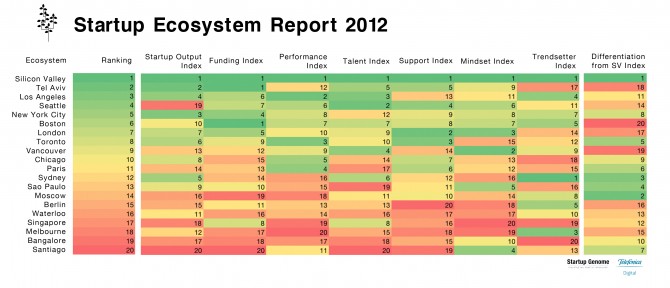ED: Guest post by Mick Liubinskas & Rachel Bui from muru-D ONLY 36HRS TO GO – Applications close...
Guest Writer
Guest Blog from Nicola Farrell, Acceleration Program Manager at Pollenizer, developing partnership opportunities for startups past incubation stage, creating...
Today’s Guest post is from Saksham Kapoor, the UNSW founder of Recommuso a new music platform which launches...
Ed: This week we will be featuring a number of guest posts from undergraduate students from University...
Ed: This week we will be featuring a number of guest posts from undergraduate students from University...
Ed: This week we will be featuring a number of guest posts from undergraduate students from University...
James Altucher is an entrepreneur and bestselling author who has founded over 20 companies, failed with most of them but managed some big...






